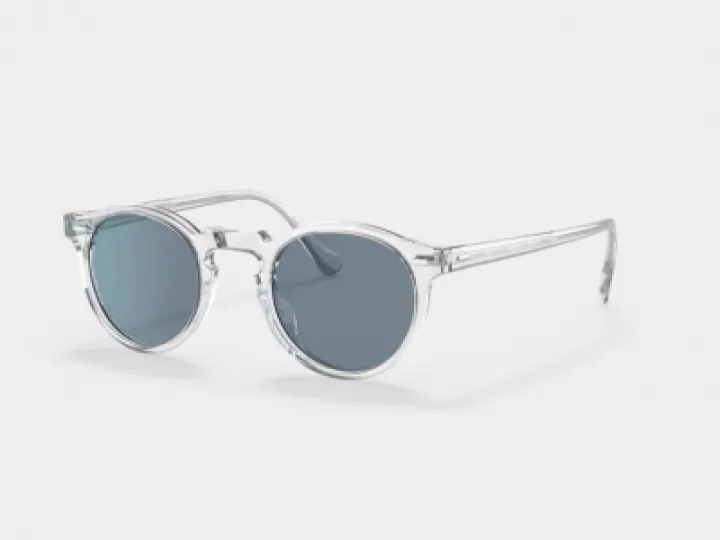Why sunglasses are good for you
Until a few years ago we all wore hats, caps and bonnets but nowadays they are just about as rare as hula-hoops.
As hats fell out of style so did protection for the eyes against the harsh glare of the summer sun and the fashion swing came just as people got wealthier and foreign travel became the norm. Sunglasses quickly replaced hats, not only as a fashion statement but also to protect the eyes.
Thanks to developments in technology, sunglasses today are not worn to enhance vision, or as a fashion accessory, they are a necessity if you wish to protect your eyes against possible damage.
Doctors worldwide will recommend wearing sunglasses whenever the sun is out and in particular to don sunglasses with lenses that give 100% protection against harmful UV rays.
In fact, its is the medical world that helped to promote the use of sunglasses by the 20th-century population, in the West at least.
Glasses with amber and brown tinted lenses were thought to ease the suffering of men with syphilis since acute sensitivity to light was a primary symptom of the disease.
Sunglasses get more popular
Many people began to wear these glasses both to protect their eyes and to avoid the strain of squinting into the sun.
The popularity of sunglasses spread quickly in the early years of the century when American movie stars began to wear them to avoid being recognised by fans in the street.
Shades became sexy almost overnight and generated mass appeal around the world as fans adopted the fashion styles of the famous.
And when manufacturers, notably Sam Foster in America, began making cheaper sunglasses in bulk they became a fashion accessory that was within reach of everyone's pocket.
But the most important reason for toting a pair of shades is not to look street cool and impress your friends.
As hats, bonnets and parasols fell out of fashion sunglasses became the most important source of protection against the harmful side effects of sunshine.
It was only when scientists began to understand and measure the effects of ultraviolet radiation that the importance of wearing sunglasses was brought home.
Some of the harmful effects of UV light on the eyes include short and long-term impairment that can lead to even more severe problems.
Easy to protect your eyes
Fortunately, it is relatively easy and inexpensive to make lenses that protect again UVA and UVB light of wavelengths up to 400 nanometres – those that do the most harm.
UVA radiation can cause age spots, retina damage and can even trigger skin cancer. UVB rays are the main culprits for sunburn and can be absorbed by the eyes, leading to ocular degeneration and even temporary blindness.
Not many people realise that the darkness of the lens has nothing to do with how well they filter harmful light. Dark lenses can offer no protection at all while clear lenses can give 100% protection.
The best way to tell if lenses are up to the job is to check the label. The figure to look out for is UV400.
These days there are several sets of standards that are adopted by sunglass manufacturers to ensure they pass quality tests.
The Australian Standard (AS/NZS 1067:2003) uses a five-star rating and a filter level of 0-4 with 4 offering the best protection from UV light.
The European Standard (EN 1836:2005) also gives four ratings but, confusingly, they are 0,2,6 and 7 with 7 offering full protection but only up to 380 nanometres.
The standard in the United States is ANSI Z80.3-2001 which has three ratings and also tests for impact protection to ensure the lens will not shatter.
Optical quality of lenses can affect your eyes
The optical quality of lenses is not much of a factor when people choose what sunglasses to wear, but it is just as important to look after your eyes and any other part of the body, particularly when exposing them to harsh, bright sunlight.
Generally, the lenses in cheaper sunglasses will give a more distorted image of the outside world. Lens curvature and the refractive qualities of the lens material should be taken into account when buying sunglasses.
The amount and type of contrast can not only distort vision but make it less easy to judge distances accurately, a vital consideration if driving a car or bike.
Cheaper sunglasses also tend to be less durable, and lenses can be prone to scratches and other blemishes which can severely compromise the UV protection.
Quality designer sunglasses like Oakley and Ray-Ban can come with a hefty price tag, but you can be sure that quality is built-in to the final product and be confident that your eyes are getting the protection they both need and deserve.



